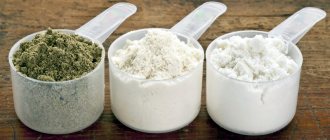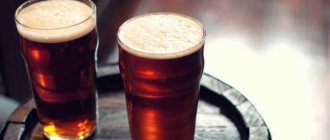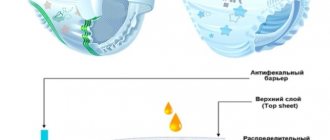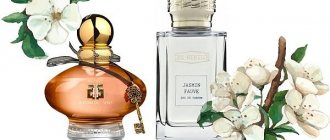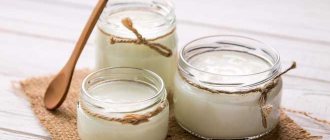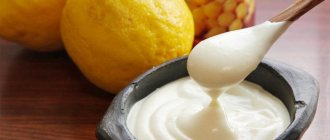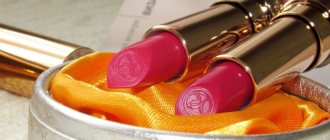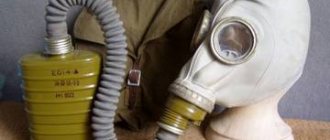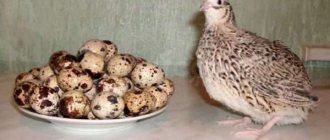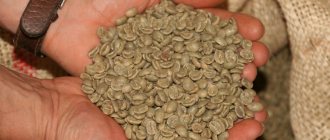Myths and reality
Champagne is often associated with wine, and people just as often confuse the characteristics and shelf life of these drinks. Therefore, there are several beliefs that should be forgotten.
No. 1. "Immortal life"
“The older the better” does not apply to champagne. Even for wine, about which this can be heard more often, this statement does not always apply. Without appropriate quality manufacturing and storage technology, the taste is lost after a couple of years.
No. 2. Trust the label.
On the one hand, you cannot trust too long intervals, because they can be indicated in the expectation that all the nuances will be observed. On the other hand, if the label indicates 1 year, then this may also not be entirely true - the drink can be stored for all 3 years, the manufacturer simply does not trust the peculiarities of transportation and storage in stores, and therefore reduces the permissible time in order to protect consumers from negative emotions.
How long can it be stored unopened?
So, the most popular brands of sparkling wines.
1. With unlimited shelf life:
- Premium French champagne (Veuve Clicquot, Dom Perignon Moet et Chandon);
- Italian brands (Martini Asti “Martini asti”, Lambrusco “Lambrusco”, Asti Mondoro “Asti Mondoro”, Chianti Prosecco “Canti”);
- Russian products (Abrau Durso, Crimean, Sevastopol, Lev Golitsyn, DZIV Russian "Derbent" Dagestan);
- Spanish champagne Aviva.
2. With a limited shelf life:
- Belarusian “Reedsville. Soviet" - 36 months;
- Santo Stefano - 2 years;
- "Balm" - 1 year;
- Bolle (Bole) - 18 months;
- Bourgeois semi-sweet Golden - 12 months;
- Bosca - 18 months;
- Soviet (brut, sweet, semi-sweet) - 6-12 months.
Important Terms
So what are these conditions that constantly influence the question “ does champagne have an expiration date?” has expired is not as important as compliance:
- temperatures 10-12 degrees;
- humidity over 75%;
- a dark place, maximally protected from sunlight;
- horizontal position (protects against drying out of the plug with subsequent violation of its tightness)
Several conclusions follow from this. Firstly, a dark bottle does not try to hide defects, but protects from excess light, prolonging the freshness of sparkling wine. Secondly, a young drink is better than an old one. Thirdly, home storage for more than two months is not recommended.
Oddly enough, it is most difficult to answer what the expiration date of champagne is if it is expensive. Well-produced and sealed drinks can be stored for about 25 years. The word “quality” means:
- Using classical technology, which involves ripening in a special container.
- The presence of premium grade grape juice, without an abundance of unnecessary additives that spoil the taste.
- Compliance with general manufacturing technology.
- Compliance with the holding period during production.
- Balanced amount of sugar.
- Availability of additional protective covers or tubes during transportation.
What determines the storage duration?
The unique and exquisite taste of champagne is given not by people, but by living organisms.
Even after sealing the bottle, all microorganisms (yeast) in it do not die, but go into deep hibernation. By choosing the wrong storage conditions, you can activate their vital functions, which will negatively affect the taste. The main task is to comply with the criteria for the dormancy of microorganisms inside the bottle. The following explains whether the drink has a shelf life and how many years an unopened drink can be stored in a closed bottle. Shelf life directly depends on the percentage of alcohol in the wine, as well as sugars, acids and tannins of natural origin. The approximate storage time for white wines is no more than 3 years, for red wines – up to 10.
If we approach the issue from the legislative perspective, the situation changes somewhat. Most bottles indicate the same period from the date of manufacture - 12-24 months. There is a logical explanation for this. There is a concept of a guaranteed shelf life; during this period, no changes in taste, smell, sediment or other qualities will occur in the composition of the drink. This is achieved by adding sulfur and preservatives that stop the development of bacteria.
Closer to the end of the shelf life, their effect weakens. This drink can be consumed after the specified date. But its taste will be different from freshly made champagne. While some wines benefit from these changes (this is called “aging”), the taste of others will be hopelessly spoiled.
How to choose
All acquired knowledge is necessary for further selection.
- When choosing an elite drink, it is important to make sure that you are not purchasing a fake. This can be judged by the label and tracking the quality of the packaging as a whole.
- After this, you should check the tightness - the integrity of the wire, the absence of cracks in the plug.
- It is better to avoid bottles displayed on racks or display cases. It is especially important to follow this rule when choosing a specific variety or an expensive brand that could have been on the shelf for a long time.
- It’s great if you can find the variety still sealed. Something you can often notice in boxes is that such specimens have clearly suffered fewer violations of the rules.
- Dark glass is better than clear glass, no matter how much this contradicts some aesthetic considerations. The darker it is, the higher the protection from the light of the sun and lamps.
- It is better to choose a bottle that is no more than halfway through its expiration date.
If these conditions are met, there is a chance to get delicious champagne that has not lost its quality during transportation and being in the store.
Shelf life of the drink: is it available and how much is it according to GOST?
Any champagne has an expiration date and depends on:
- type of drink (varies by grape variety, sugar content, etc.);
- production methods;
- storage conditions.
Important . According to GOST 33336-2015 (Interstate Standard “Sparkling Wines”), the shelf life of the drink is set by the manufacturer himself, taking into account the requirements of regulations and legal acts in force in the country of origin.
Its minimum value is limited to six months from the date of bottling. The maximum period is 25 years, this applies to vintage and collection sparkling wines (despite the fact that some manufacturers claim an unlimited shelf life for their product).
Russian
Everything about “Russian champagne” is written in GOST R 51165-2009, which was canceled on February 15, 2015, and was replaced by GOST 31731-2012 for voluntary use in the Russian Federation. If the requirements for transportation and storage are met, the shelf life must be more than 6 months (from the date of bottling), and for a collection drink at least 1 year from the date of production.
Soviet
GOST 12258-79 contains information about the shelf life of “Soviet champagne” . It is at least 6 months from the date of production, and for a collectible item – more than one year from the date of registration.
At home
When a profitable offer or a rare variety appears on the shelves, and the holiday is still far away, you should take responsibility for safety.
In the room
Even in a dark place, classic varieties are stored for no more than a year. A significant reduction in shelf life should be expected after the room temperature increases to 25 degrees Celsius.
Do not forget that initially champagne should be stored in dark cellars at the appropriate temperature. Therefore, when buying a bottle prematurely, it is better to hide it as far as possible.
In a refrigerator
It would seem that the unit completely replaces specialized bars and cellars. However, there are two points that should not be forgotten:
- The desired temperature is not on the shelves, where it varies from 1 to 7 degrees, but on the door, where there will be no excessive cooling or constant heat.
- The bottle on the door must be placed in a lying position - otherwise the cork will dry out.
Otherwise, the refrigerator is the ideal place.
Can it be stored in a plastic bottle?
If the “original” container is cracked or broken, you can pour the drink into plastic. In this case, it is better to forget about long-term storage, because plastic containers allow air to pass through, and the contents may acquire an unpleasant aftertaste or absorb foreign odors.
Important! The shelf life of vermouth in plastic is reduced! It is best to use it for cocktails without leaving it for long.
Alcohol can retain its taste for about a month. To do this, it is worth remembering a few rules.
- Choose your container carefully. Containers without HDPE or PET markings are not suitable (indicated on the bottle by letters or numbers 1, 2 in a triangle). If the triangle contains the numbers 3 or more, set the container aside. It may react with alcohol.
- Wash the plastic thoroughly with warm water, dry it and fill it with iodine solution for an hour (1 ml per 2-2.5 liters of cold water). Such disinfection will preserve the properties of vermouth longer.
- Check that the plastic does not have any foreign odors.
- Pour the Martini vermouth into a new container, try to fill it almost completely, without adding a couple of centimeters to the edge of the neck.
- Cover tightly and place in the refrigerator or cool, dark place. This way you will preserve the taste of the drink for three to four weeks. If a plastic Martini bottle is stored in the kitchen or outdoor bar, the period is reduced to a week.
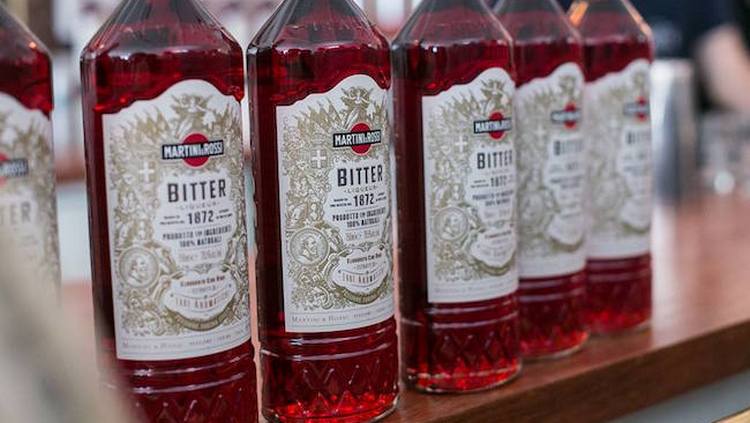
Important! It is better not to pour Martini Bitter into plastic: the strength of this tincture is about 25%, so the container can enter into a chemical reaction with alcohol, hopelessly ruining the taste!
Open
Champagne is a carbonated drink, and therefore begins to gradually fizzle out when opened. After three hours on the table open, it almost completely loses its quality and also acquires an unpleasant taste.
Moreover, you cannot leave the bottle open on the table as a whole - you need to cover it on top with something thick every time or even return the cork to its place.
If there is a need to preserve the contents of the bottle for another day or two, then you should plug it with a special stopper, which can be purchased in stores, wrap it in cling film for safety and put it in the refrigerator. If necessary, the cork can be replaced with foil twisted into a tight ball.
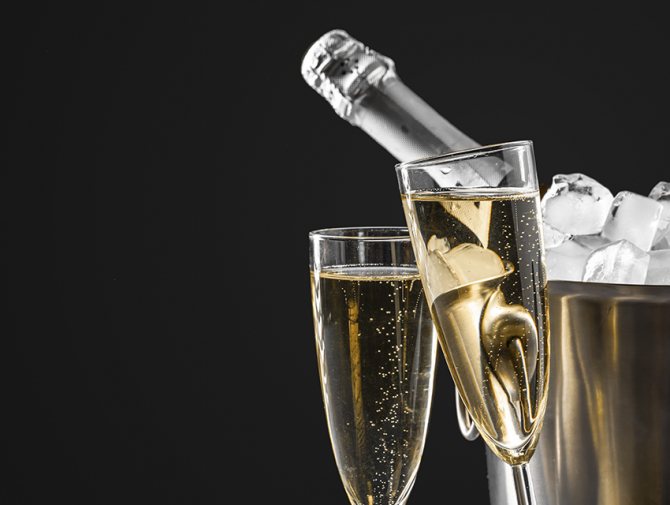
Once you open the champagne, don’t let the drink spoil, enjoy it!
What does expiration date affect?
If the expiration date of champagne has expired, this does not mean that drinking it becomes life-threatening. You can tell that a product has already gone bad based on three signs:
- Smell of alcohol or even vinegar when opened.
- Bitterness or sourness in taste.
- A small amount of bubbles.
The safety note primarily concerns natural champagne from reputable producers.
Since sparkling wine is difficult to keep fresh after opening, it should be consumed immediately and preferably refrigerated before doing so. The optimal temperature for this is often indicated on the bottle label.
Champagne is purchased “on occasion”. However, if this incident does not happen, then you should not put off the bottle until the next one in six months. The rich and sparkling taste is evident only in fresh batches. Champagne after its expiration date will no longer brighten up the holiday, and most likely will not justify the waiting time.
169
Opened wine, how long is it allowed to be stored on average?
How long can opened wine be stored is a fairly relevant topic.
The first thing you need to pay attention to is that the shelf life of an alcoholic drink is directly influenced by its type. Each drink has its own individual characteristics that affect its taste and aroma.
For maximum long-term storage, it is important to reseal with a vacuum stopper and put the container in a cool place.
At the same time, look for a container for the product that matches the volume
For maximum long-term storage, it is important to reseal with a vacuum stopper and put the container in a cool place. At the same time, look for a container for the product that matches the volume
Is it possible to store wine in plastic bottles - yes, it is possible, but provided that dark plastic is used
There can be no other options.
Is it possible to store wine in plastic bottles - yes, it is possible, but provided that dark plastic is used. There can be no other options.
Features of storing an open bottle of red wine
How long open wine (red) is stored is largely influenced by the product’s potency (level of viscosity, viscosity). An experienced connoisseur will easily recognize it after taking a small sip. However, this means nothing to an unprepared person, and everyone’s taste preferences are different. Proper storage of opened red wine:
- light-bodied can be compared with white and pink varieties. It has a light taste, notes of fruit discernible in the aroma quickly disappear. After opening the bottle, such wine is stored for 3 days, no more - this should be remembered;
- full-bodied contains a large amount of sugar and alcohol, which provides the drink with a fairly long shelf life - up to 5 days. For a young variety, this turns out to be useful - literally in 2-3 days it is saturated with oxygen, due to which its aroma is fully revealed. However, older varieties are more demanding; they cannot be opened and stored in this form for a long time.
Features of storing sparkling wines and champagne
How to store opened champagne in the refrigerator - the shelf life of this drink should not exceed several hours. Even if a person knows how to store an open bottle of wine with sparkling drinks, it’s not that simple. Even repeated sealing of the container does not allow for a long period (no more than 4 hours) to preserve the aromatic qualities.
In such a drink, bubbles are considered important, as they disappear almost immediately after opening the bottle. When all the bubbles are gone, the sparkling wine will turn into compote, regardless of the method and place of its storage.
How is white wine stored?
How long can white wine be stored is something to think about once the bottle has been uncorked. This period is 3 days. After three days it can only be used in cooking for preparing fish dishes and sauces. If there is no use in cooking, it is better to simply pour it out.
For storage, you can use a refrigerator, which at that moment does not contain any products with a pronounced sour taste, otherwise the taste of the drink will deteriorate. Alcohol strongly absorbs surrounding aromas, even with the cap closed, so it is customary to leave it for storage in rooms without external odors. It is recommended to serve wine only chilled.
An uncorked bottle of rose wine, how to store it
Storing an open bottle must be approached with special attention - after opening rose wine, its aroma disappears at a high speed. The product must be used within 3 days
After three days, the oxidation process will begin, the taste will become unusually sour and will resemble vinegar rather than a refined product.
Storing dessert wine
A distinctive feature of dessert wine is a high percentage of alcohol and sugar. This drink is often called sweet. How long can wine be stored in a bottle – up to 7 days. After opening, the container is resealed and put in the refrigerator - this is the only way to achieve better results. Before serving, it needs to be warmed to room temperature - this will best affect the aroma.
Wine is a rather capricious drink that requires special conditions. To preserve the beneficial properties of wine, you must follow the recommendations for its storage. Thus, the wine will always remain aromatic and tasty, and can be useful for preparing culinary masterpieces.
